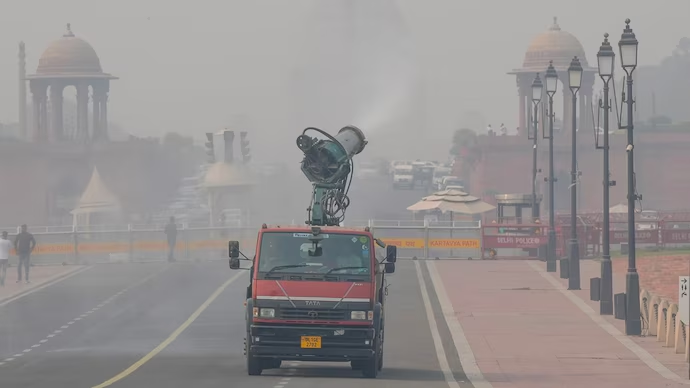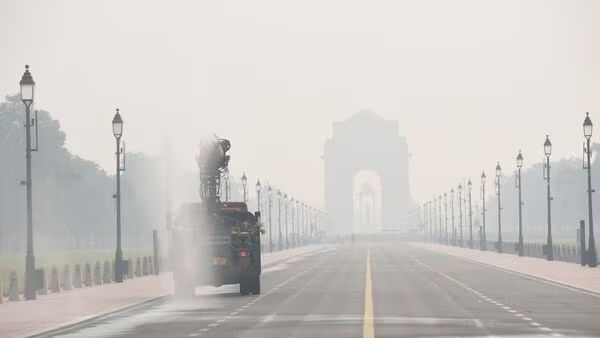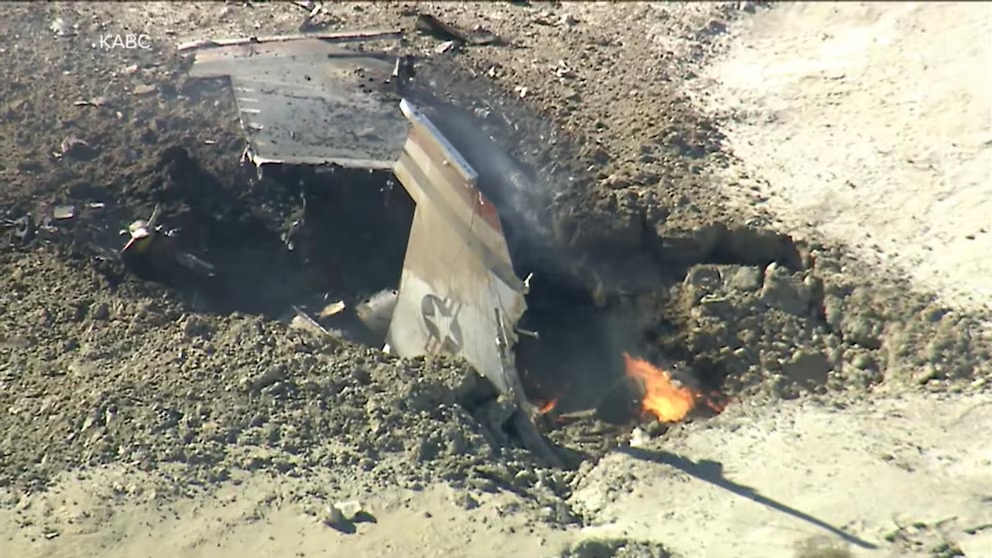Delhi Artificial Rain Cloud Seeding is an ambitious step under Delhi fight against rising air pollution. The city faces thick smog every winter & it needs strong Delhi Pollution Control Measures to help people breathe easier. The plan for Cloud Seeding in Delhi brings hope for fresh air. The effort could become a turning point for cleaner skies if weather supports it.
Today, in this article we will look at Delhi Artificial Rain Cloud Seeding on Mediafeed.

What is Delhi Artificial Rain Cloud Seeding ?
The concept of Artificial Rain Date in Delhi through cloud seeding means making rain using planes that spray tiny particles into clouds. The aim is to create raindrops that fall to the ground & clean the air. The project called Technology Demonstration & Evaluation of Cloud Seeding as an Alternative for Delhi NCR Pollution Mitigation is handled by IIT Kanpur for the Delhi government.
The city faces dangerous levels of PM2.5 & PM10 each year during winter. The poor air affects breathing & daily life. The Delhi Pollution Control Measures include vehicle checks, dust control & now this weather-based solution.
When Will Delhi See Artificial Rain?
The schedule for Cloud Seeding in Delhi has changed many times. The plan depends on good weather. The table below shows key dates.
| Phase | Scheduled Window | Notes |
|---|---|---|
| Latest Target | October 29, 2025 | The Chief Minister shared that the first test will happen if weather supports it. |
The final date depends on clouds & wind. The plan works only if the right type of clouds form.
How Does Cloud Seeding Work in Delhi?
The process uses planes that spray a mix of salt or silver particles into moisture-filled clouds. The particles make water droplets form faster so they fall as rain. The technique needs suitable clouds & enough moisture in the air. The IIT Kanpur team will cover 100 square kilometers per flight with five flights planned. The project also studies how rainfall can wash away dust & particles. The weather must support the mission. The idea is simple science but still new for Delhi. It is not a replacement for pollution control at the source.
Can Cloud Seeding Reduce Pollution in Delhi?
The impact of cloud seeding on air quality will depend on how much rain it creates.
Potential Benefits:
The rainfall from seeding can clean dust & pollutants from the air. The droplets help push harmful particles down to the ground. The experts believe rainfall could increase by 5 to 15% if all conditions are right. The project may show quick improvement in the Air Quality Index (AQI) after rain. The test could offer short-term relief to residents.
Limitations & Challenges:
The plan does not stop pollution sources like vehicles or factories. The weather can also fail to cooperate. The right clouds may not appear or may move away. The rain may even fall outside Delhi. The result is temporary. The cost of the project is high & needs study for side effects. The chemicals used must be tested for safety. The experts call it a small relief but not a full solution.
Short Term vs Long Term Effects:
The Delhi Artificial Rain Cloud Seeding might improve air quality for a few days. The Delhi Pollution Control Measures must continue for lasting change. The idea helps only if used with other actions like checking vehicles & reducing dust.

| Metric | Details |
|---|---|
| Project Cost | Around ₹3.21 Crore for first phase |
| Primary Operator | IIT Kanpur with Delhi Environment Department |
| Flight Coverage | 5 flights over around 100 sq km each |
| Target Date | Conditional: October 29, 2025, based on weather |
| Expected Rain Boost | Around 5–15% if clouds support |
| Key Limits | Works only with clouds & does not stop emissions |
Conclusion
Delhi Artificial Rain Cloud Seeding is a brave move for cleaner air. The step mixes Delhi Pollution Control Measures with new technology. The project by IIT Kanpur aims to bring quick relief from the toxic air. The plan can work only if the sky has enough clouds. The success will bring short-term peace for residents. The long-term victory depends on stopping pollution from cars, factories & burning of crops. The project is a new hope for Delhi skies & could inspire more cities to use science for clean air.
Also Read: Why Gold Prices are Falling






